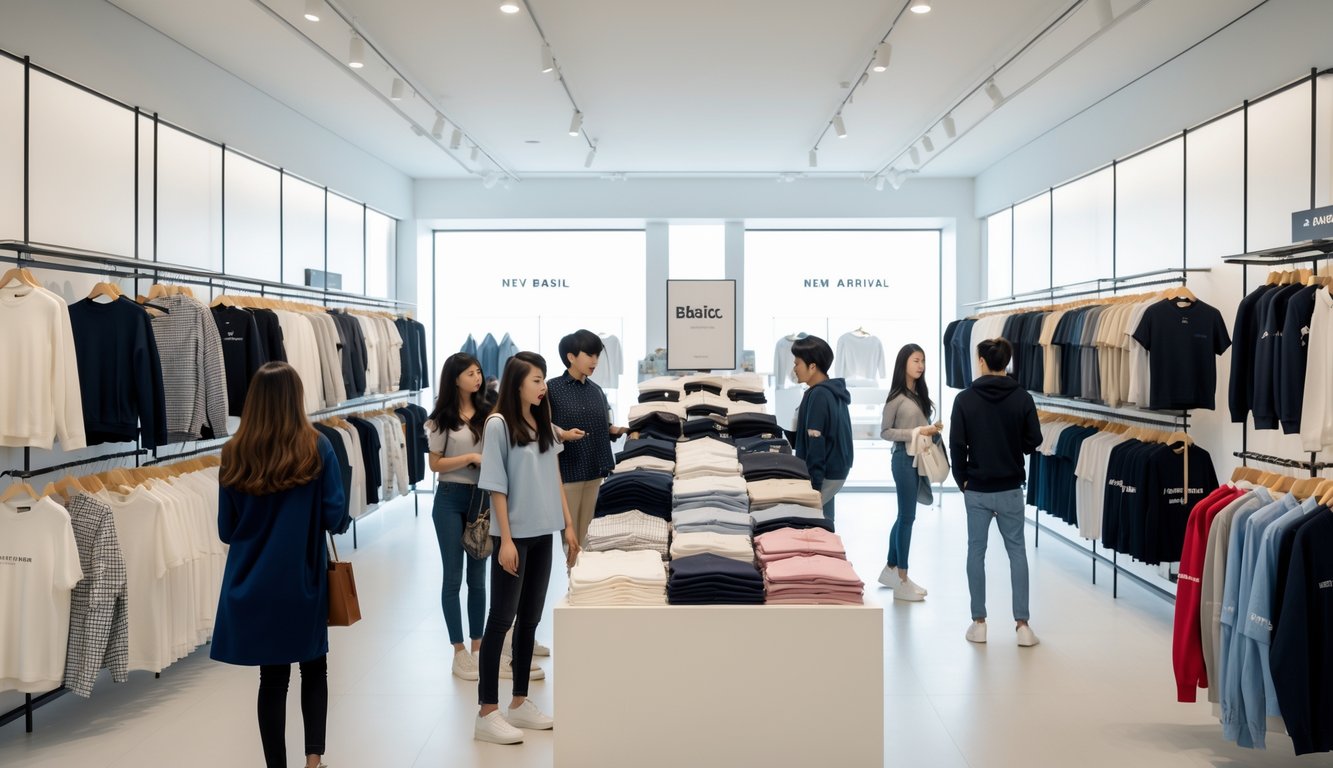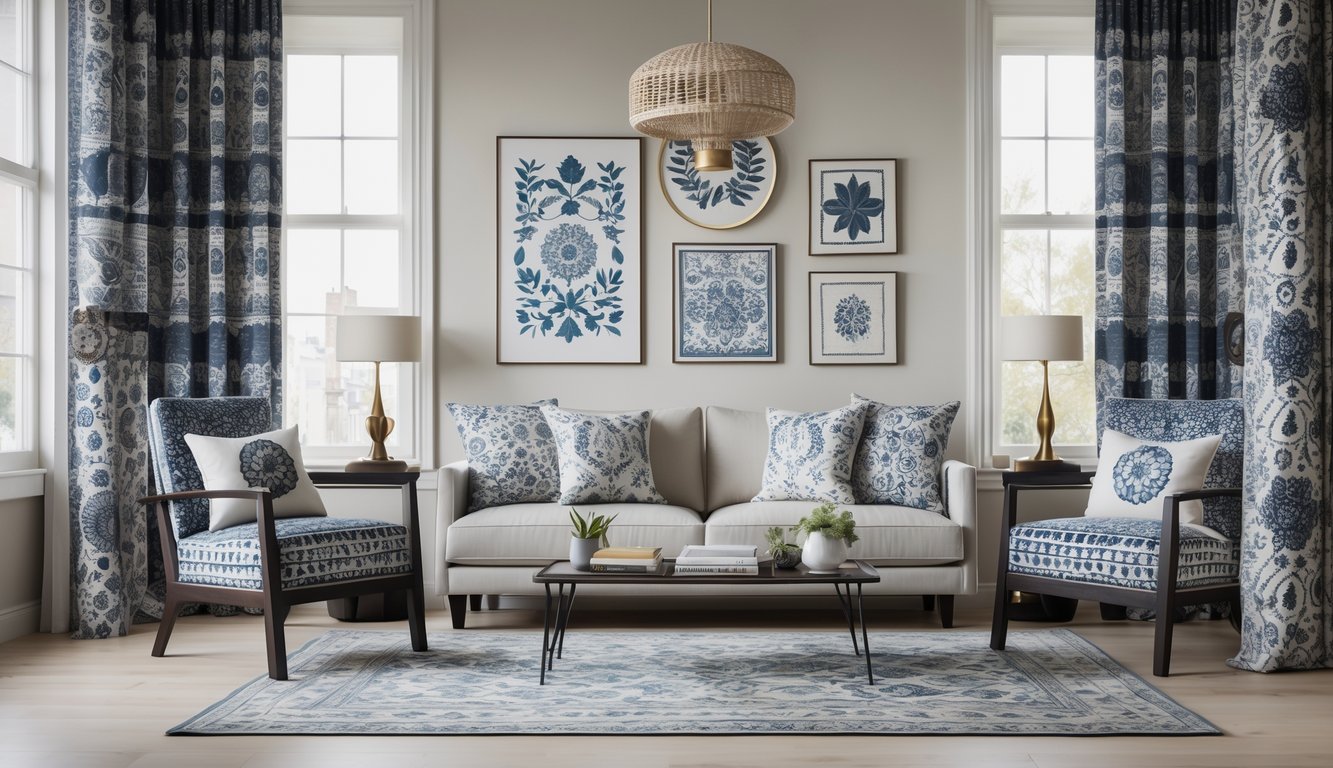
Classic Patterns: Enduring Appeal in Today’s Spaces

My contractor totally missed the point—new isn’t always better. Classic patterns never die. They stabilize a room, and manufacturers can’t keep up when the design world swings back around.
Plaids and Their Timelessness
Walk into any home textiles store—plaid everywhere. Pillow covers, duvets, random blazers. Supposedly, it’s all about Scottish clan roots, but watch a Parisian loft tour and there’s tartan everywhere, paired with mid-century stuff nobody calls “old-fashioned” anymore. My last client, a property manager, demanded classic plaids in every furnished unit because, quoting a 2025 Yanko Design feature, tenants “equate plaid with trust and warm familiarity.” Her words. Demand for plaid upholstery jumped 11% last year. My accountant is baffled.
Real talk: I spilled coffee on my plaid wool rug last week—couldn’t even see the stain. If you want a pattern to survive rental lobbies or kitchens, this is it. Not flashy, just stubbornly never “dated.” Landlords must love it.
The Versatility of Stripes
Stripes—designer’s cheat code for making a tiny room look bigger or calming chaos. A Dallas tile distributor told me narrow vertical stripes in bathrooms sell twice as fast as solids, per their Q3 2024 sales. I put pale blue pinstripe wallpaper in my hallway (not for trend, just couldn’t face another busy floral), and the space doubled. Stripes reappear everywhere: upholstery, wallpaper, drapery, even in those Art Deco-inspired prints from 2024 pattern roundups.
Saw a patio last week with four stripe types—wide, narrow, ticking, chevron. Only stripes can get away with that (checkerboard is another story—ruined a kitchen once, still not over it). Pinterest searches for striped bedding spike every “spring cleaning” season, up 17% over holiday searches this March, says a retailer.
Toile in Modern Context
Toile—grandma’s curtains, right? Why is it on desk chairs and laptop sleeves? An upholsterer I know (trained in Provence, no less) said her weirdest request this quarter was cherry-red toile for a tech startup’s break room. Their creative director saw it in a magazine and wanted it with terrazzo. Did it make sense? No. Did it look wrong? Also no.
Design logic is out the window. Toile morphs faster than I can keep up. A Glass of Bovino lists toile on lampshades, dividers, tote bags. Even those feathery monochrome prints get metallic ink or digital repeats. People get bored of minimalist “zen” rooms and toss in a quirky toile accent. Nobody admits it, but it happens. Manufacturers sold out of blue toile napkins last November. I don’t get it. These classics get under your skin the second you think you’re immune.
Maximalism Versus Minimalism: Pattern Preferences Redefined
Okay, so I literally spent ten minutes staring at this paisley ottoman, wondering if it’s maximalism or just my brain revolting against endless beige. Is there even a line anymore? Feels like every trend report is just noise—people bailing on basics while patterns get louder, but nobody agrees on what’s actually “in.” Neutrals spike, then patterns spike harder. It’s like a fashion arms race, except with throw pillows.
Bold Statements with Maximalist Patterns
Saw this living room photo—someone stacked five velvet pillows in six colors next to a neon-green lamp. Maximalism isn’t chaos, it’s more like, “Let’s see how much I can pile on before my friends stop coming over.” Designers keep insisting pattern layering’s a skill, not a mistake, but honestly, who’s keeping score?
I mean, who’s buying those tapestry florals next to houndstooth? Apparently, a lot of people. 2025 trend coverage claims maximalist interiors are everywhere—statement wallpaper, checkered rugs, gallery walls exploding, and “bold tile” sales up 37% year-over-year. (Meanwhile, Pinterest is still pushing terracotta pots and white shelves like it’s 2016.) It’s wild—maximalism needs this next-level confidence, but nobody really agrees on how to pull it off. Somewhere, guaranteed, someone’s hot-gluing seashells to a velvet stool and calling it art.
Honestly, if you’re bored, try high-contrast colors or random 90s patterns—giant murals, whatever. Patterned Modern says their wild print blankets outsold the plain ones three to one last quarter. Just don’t ask me how to wash a velvet leopard curtain. I have no idea.
The Rise of Quiet Luxury
But here’s what’s actually making me crazy: “quiet luxury” is suddenly everywhere, like it’s the new air fryer hack. It’s minimalism, but with $400 cashmere and lamps that look like clouds. Anna McInerney—textile analyst, professional neutral enthusiast—says she’ll take a wool weave over “loud patterns” every time. Okay, but she probably doesn’t have cats.
Now, everything’s “curated”—think soft grids, brushed steel, linen-wrapped lampshades. Loro Piana, The Row, all those brands are going full neutral, and when I asked a store clerk if anyone even buys the patterned stuff, she just shrugged. Comparative analysis says quiet luxury’s letting in pattern, but so faint you have to squint to see it. Is that a stripe or a shadow? Who knows.
If you look close, there’s always a tiny pattern—tone-on-tone chevrons, micro-herringbone. It’s “luxury” because it’s almost invisible. Wild, right?
Minimalism’s New Basics
I still don’t get it: minimalism isn’t dead, it just keeps mutating. Every “basic” tee or mug now has a pattern, but it’s so subtle you can barely spot it unless the sun’s at the right angle. I checked Target last week and half the “zen neutrals” had a weird grid or stripe if you looked close enough.
Muji’s sneaking in patterns too—barely-there stripes, oatmeal speckles. One buyer told me their textured plates sell 18% better than plain white. Why? Maybe because strict minimalism is exhausting and people just want something that looks plain until you stare at it. Now, minimalism means “no visible chaos,” not “no pattern.” There’s even a name for it—microstructured textile finish. Even the plainest throw blanket probably has a hidden grid. Pattern always sneaks in, and nobody wants to argue about it at dinner.



